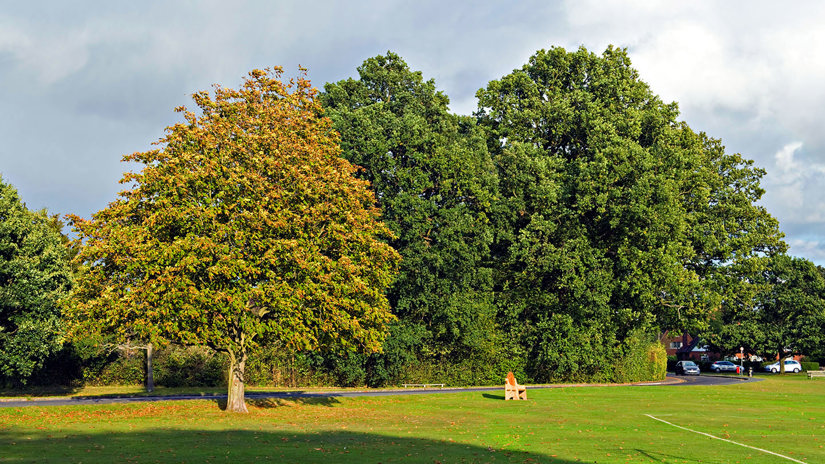
Credit: Patrick Nairne / Alamy Stock Photo
What happens to the tree?
When infestations of horse chestnut leaf miner build up, all of the leaves of the infected tree can become brown and shrivelled as the larvae eat all of the inner leaf material. Over years of sustained infestation, the tree can become weakened.






